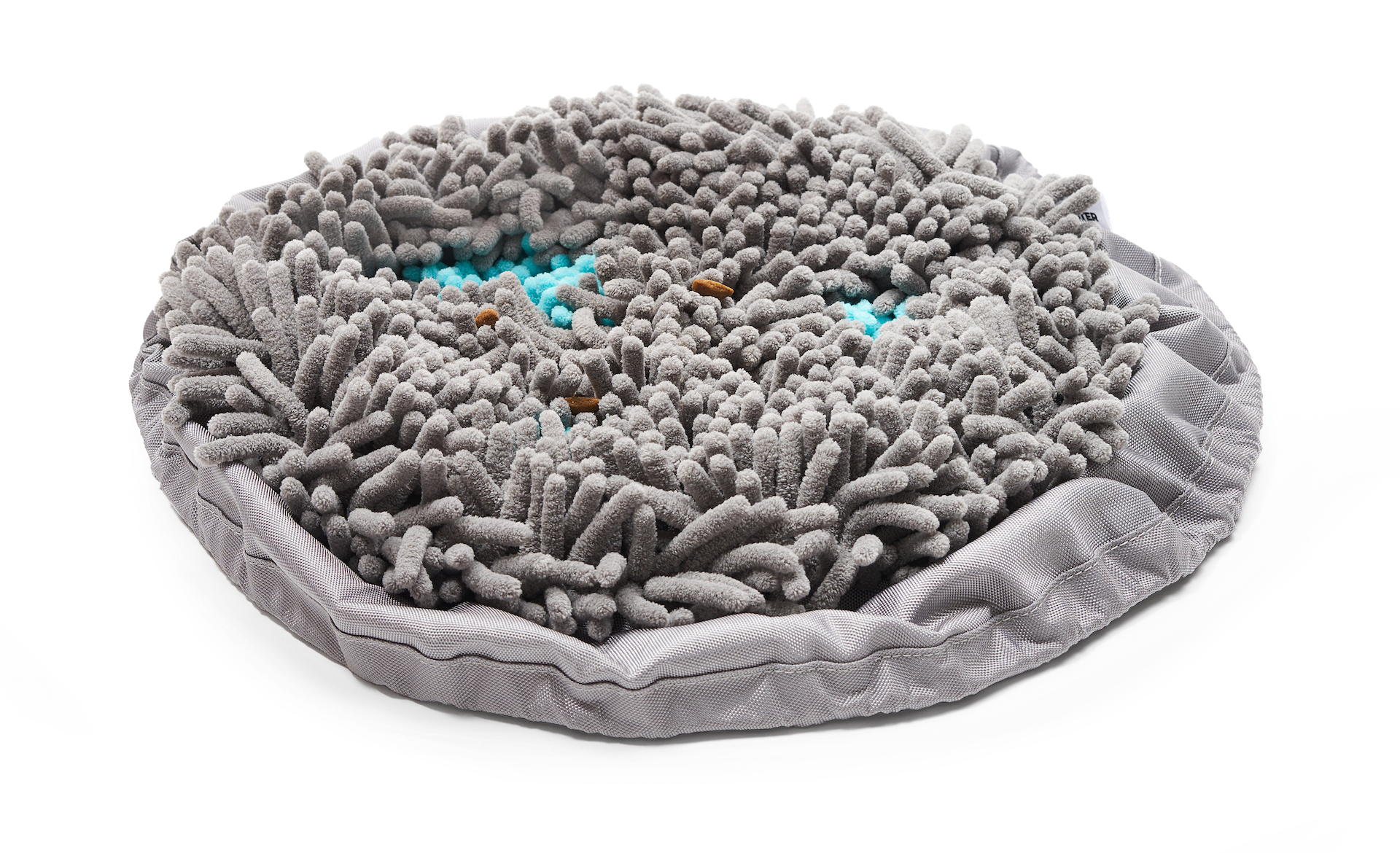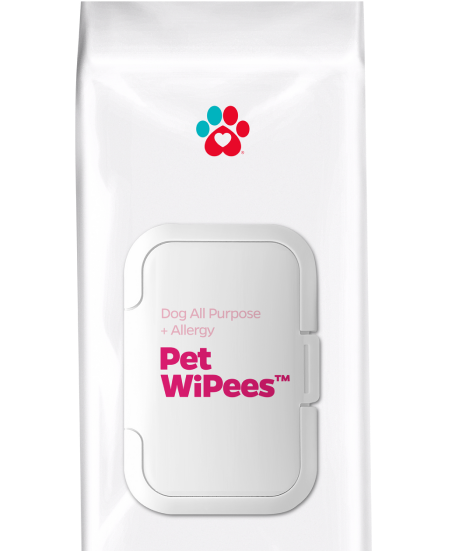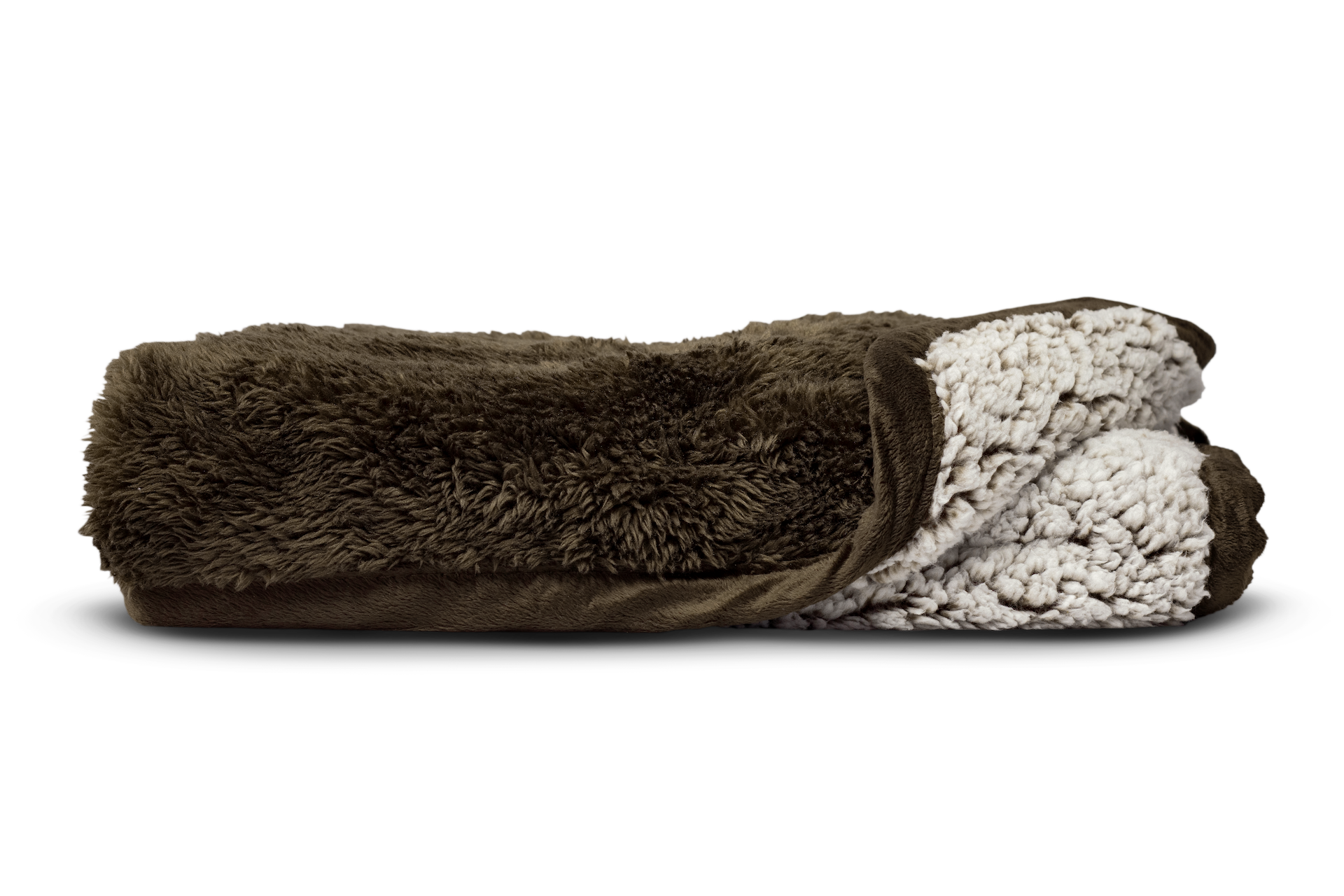"While protective dogs get the measure of possible threats present in certain situations, aggressive dogs will consider everything as a threat."
Is My Dog Protective or Aggressive? A dog’s protective behavior should never be an issue, but aggressive behavior is an issue. As a matter of fact, dogs are protective in nature, observing their surroundings & and territory and determining if what happens around them are threats.
Most pet parents cannot distinguish well whether their dogs are protective, aggressive, or both! That’s what we will be talking about today.
Is My Dog Protective?
According to The American Society for the Prevention of Cruelty to Animals®, dogs are a social species. If they were left on their own, they would live together in small groups, or packs, of family and friends. If one member of a pack is in danger, the others typically rush in to help defend that individual.
A dog’s protective nature is not something that needs to be curbed as this is innate in them. To know if your dog is protective of you or of the things they consider their territory, they will:
- Show intense focus on new things present in their environment
- Exhibit a calm temperament with a sharp posture
- Take a stand between you and the potential threats and perils
- Bark or growl at possible threats
- Return to their normal nature and disposition if no threat is assessed
These are the common signs that help you evaluate if your dog is being protective. A dog who is aggressive is a completely different.
Is My Dog Aggressive?
While protective dogs get the measure of possible threats present in certain situations, aggressive dogs will consider everything as a threat. Aggressive dogs do not have any monitoring or reasoning behaviors and can go full-on aggressive mode immediately that may eventually lead to violence.
Aggression in dogs comprises a series of acts that arise with warnings and can climax into an attack on other dogs, other animals, and even on people. Dogs may or may not cancel their aggression at any point but they always manifest a sequence of continuously increasing extreme behaviors:
- Posture is rigid and firm
- Barking becomes deliberately intimidating
- Stance looks like lurching forward or charging at the possible threat present
- Snarling (growling and showing of teeth) appears outraged
After these, the dog will then snap, resulting to (1) a nip that either leaves no mark or tears the skin; (2) a bite with ample force to cause a bruise or a wound; (3) repetitive bites and; (4) a hefty bite with insistent shaking.
Why Is My Dog Acting This Way?
Some dogs protective around children while others are aggressive. Some snarl whenever they are approached when eating. The others act protective whenever there are visitors in the house. To know why our dog acts protective or aggressive around certain things and situations, you should be able to figure out the things that cause them to act so.
As mentioned, your dog being protective is an innate trait. As stated by Wag!, dogs consider their owners to be part of their pack and thus inherently feel the need to protect them in case of any threats. They also naturally get protective of things they consider theirs such as their house or shelter and resources such as food, toys, and dog beds. But the protective mode is triggered only if they feel threatened or senses their owner’s fear.
While a dog who is aggressive may act so due to a number of reasons:
- serious illnesses cause some dogs to become aggressive and suddenly lash-out
- continual frustration or not being able to get or be given with they want can cause some dogs to express their disappointments through aggression
- stressful environment
- traumas and unresolved fears from past experiences

How to Deal with Protection and Aggression
We know how stressful these situations might be for you. Your furbaby’s protective behavior is almost never an issue, but their aggressive concern is something you need to act on as soon as possible. We have come up with some ways to help you manage your dog’s protective behavior or help curb their aggressive tendencies.
Seek an expert
It’s always good to ask for some help. A dog behaviorist or a dog trainer will be able to help you recognize the things that cause your dog to be protective or what triggers them to be aggressive, suddenly snap, and lash out.
These experts can customize management or treatment plan for your dog that is in line with your family’s day-to-day activities and situations. They will also coach you all throughout the implementation process and will be willing enough to alter or make some changes to the plan if something is not working out for you and your furbaby.
Desensitize
Desensitizing your pup is probably one of the first steps you can do to help slowly curb your furbaby’s aggressive behavior. If your furbaby suddenly become aggressive whenever they see new faces in your house (like guests and visitors), you can show your dog that having new people around is not a bad thing.
- You can give your dog’s favorite chew to your guest and let your guest hand it over to your dog (carefully and with your supervision!).
- You can give your guest your dog’s favorite treat and have the guest throw it to your dog then have the guest leave.
Feel free to repeat these processes until your dog’s aggressive behavior towards new people at home is changed and looks for more treats instead of lashing out at people.
Socialize
Dog socialization is a process where your furbaby learns to successfully interact and relate with other dogs, animals, and people in various activities under different situations. Socialization and desensitization must always go together.
Stimulate your dog mentally
Lack of mental stimulation predisposes a dog to behave aggressively. Stimulating your dog mentally, through brain games or offering safety chews like Gnawtlers®, is a healthy way to help burn your dog’s extra energy. Dogs who are under-stimulated are usually the ones diagnosed with behavior issues like aggressiveness, excessive barking, and the like.
Provide calming supplements
You can also provide your dog Pet Parents® calming supplements. This will help your dog remain calm and relaxed in stressful situations, especially when your furbaby is anxious. These supplements contain Thiamine (Vitamin B1) that aids in stressful situations by helping the nervous system & brain function properly. These also have L-Tryptophan, an amino acid, considered as a natural anti-depressant, that produces serotonin, which is key in regulating responses to stress & anxiety. The serotonin produced plays an essential function in regulating your fur baby’s mood, appetite, sleep, and anxiety.
" These also have L-Tryptophan, an amino acid, considered as a natural anti-depressant, that produces serotonin, which is key in regulating responses to stress & anxiety. "
A dog’s protective behavior is innate while aggressive behavior is not. As a pet parent, you are fully responsible to identify your dog’s behavior and take extra measures so nobody ever gets harmed.









